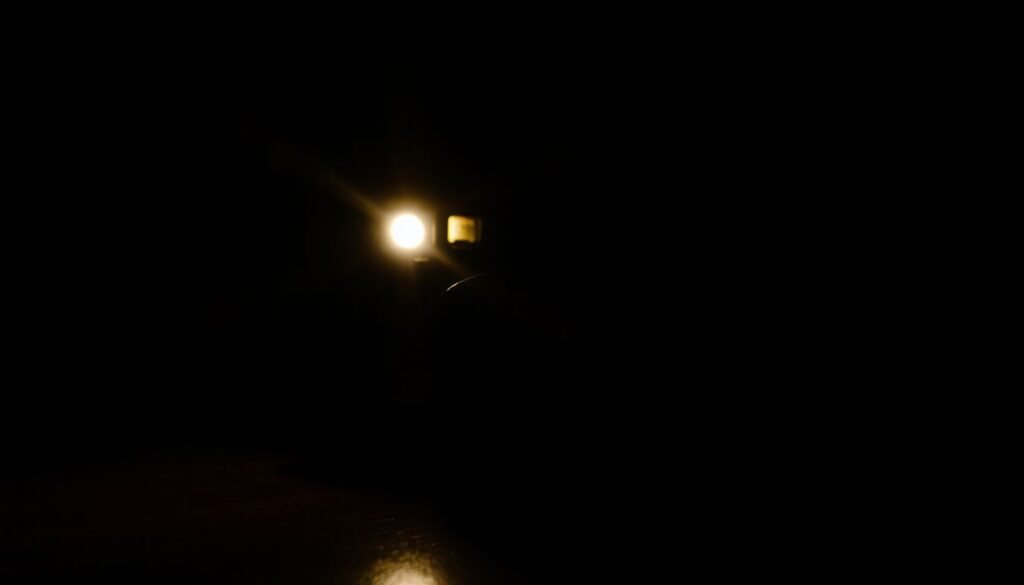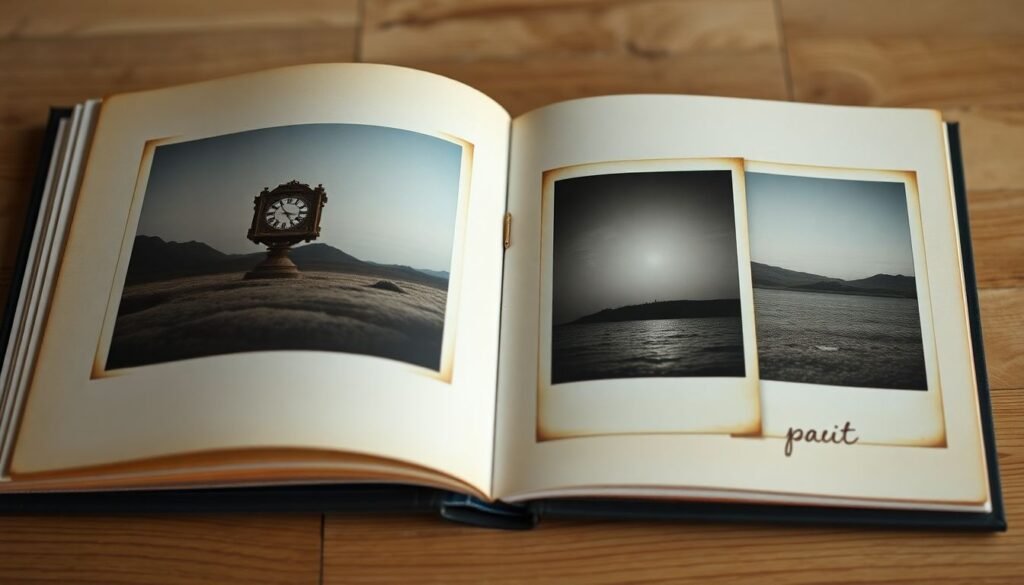Physical Address
304 North Cardinal St.
Dorchester Center, MA 02124
Physical Address
304 North Cardinal St.
Dorchester Center, MA 02124

Disposable cameras, also known as single-use cameras, are exactly what their name suggests: cameras designed for one-time use. Unlike digital cameras or smartphones that store hundreds of photos, a disposable camera typically allows you to take a limited number of shots, usually 27 or 36 exposures.
Afterward, you send the camera to a film processing service to develop your pictures. Despite their simplicity, these cameras are experiencing a revival due to their retro charm, quirky photo results, and the tangible nature of film photography.
At first glance, disposable cameras look and feel basic. They consist of a simple plastic body, a viewfinder, and a lens. Inside, they have a roll of film preloaded and ready to go.
You don’t need to worry about focusing or adjusting settings — just point and shoot. The mechanism inside advances the film automatically after each shot.

Overall, it’s straightforward and beginner-friendly. All you need to do is make sure the film is advanced and press the shutter button.
So why would someone choose a disposable camera when we have high-quality digital alternatives? It boils down to the nostalgia factor.
Disposable cameras harken back to the days when every photo was precious, and you had to wait in anticipation to see how your pictures turned out.

There’s a growing movement toward appreciating analog technology in a digital world. With disposable cameras, you get:
One of the best things about disposable cameras is their convenience. They’re small, lightweight, and can fit easily in your pocket or bag.
You don’t have to worry about carrying extra equipment or even charging a battery. It’s as simple as grab-and-go.
The photos taken on disposable cameras have a certain “retro” quality that’s hard to replicate with digital filters.
You get grainy textures, often with a slight vignette, and the colors can appear slightly faded or washed out, giving each shot a dreamy, vintage feel.

Disposable cameras use film instead of digital storage, and that comes with its own set of characteristics. For instance, film captures light differently, often resulting in deeper contrast and richer tones than digital photography.
When you first get your disposable camera, you’ll likely have to unwrap it from its packaging. No need to load the film — it’s already inside. Before shooting, check if the camera has a built-in flash and learn how to activate it.
Once unwrapped, your camera is ready for action. The only prep required is ensuring the film advance mechanism works by taking a test shot and winding the film.

Taking great photos with a disposable camera requires a bit of patience and experimentation. Here are a few tips:
Without advanced settings, you’ll want to make sure your lighting is right. Outdoor settings with natural light usually work best, and you should avoid backlit situations where the sun is directly behind your subject.
The flash on disposable cameras is quite basic. It’s effective at close range but can be weak when trying to light up larger areas.
Flash is helpful in indoor settings or when shooting in the evening. However, the range is limited to about 5-10 feet, so it won’t help for far-away subjects.

Each disposable camera has a fixed number of shots, typically between 24 and 36 exposures. Once you’ve taken all your shots, the film is done, and you’ll need to develop it.
Once you’ve used all the exposures, the camera will stop advancing film. At this point, you can’t take any more pictures until the film is developed.
After you’ve finished shooting, it’s time to develop the film. This can be done at various places like drugstores, photo labs, or even through mail-in services.
You’ll typically get back both prints and a digital copy of your images (if you request it). Many services will also return the negatives, which are useful if you want to make additional prints.

One of the most charming aspects of disposable cameras is their unpredictability. Blurry images, grainy textures, and light leaks are part of the aesthetic. Rather than aiming for perfection, disposable cameras capture moments in a more raw, spontaneous way.
Once your photos are developed, it’s important to store them properly to prevent fading or damage. Keep prints in a cool, dry place and consider using photo albums or archival boxes for safekeeping.

Though disposable cameras are fun and nostalgic, they do have an environmental impact. Since they’re single-use, they create waste, especially if not disposed of properly. Look for brands that offer recycling options to minimize your environmental footprint.
While the cameras themselves are relatively cheap, the cost of developing the film can add up. Expect to spend anywhere from £10 to £20 per camera on film development, depending on where you go.

Using a disposable camera for the first time is an exciting and nostalgic experience. From the tactile feel of the camera to the anticipation of waiting for your prints, there’s something special about film photography that digital just can’t replicate.
Though the photos may not always be perfect, they carry an authenticity that makes every image feel like a keepsake.
Most disposable cameras offer 24 to 36 exposures, meaning you can take between 24 and 36 photos before the film runs out.
No, disposable cameras are designed for one-time use. Once the film is developed, the camera is discarded or recycled.
They can work in low light if the camera has a flash, but the quality may not be as good as with natural lighting.
Film development can take anywhere from an hour to a week, depending on where you take it. Many services offer same-day development.
Disposable cameras produce a unique aesthetic due to the film’s grain, color tones, and natural imperfections, giving photos a nostalgic, vintage look.